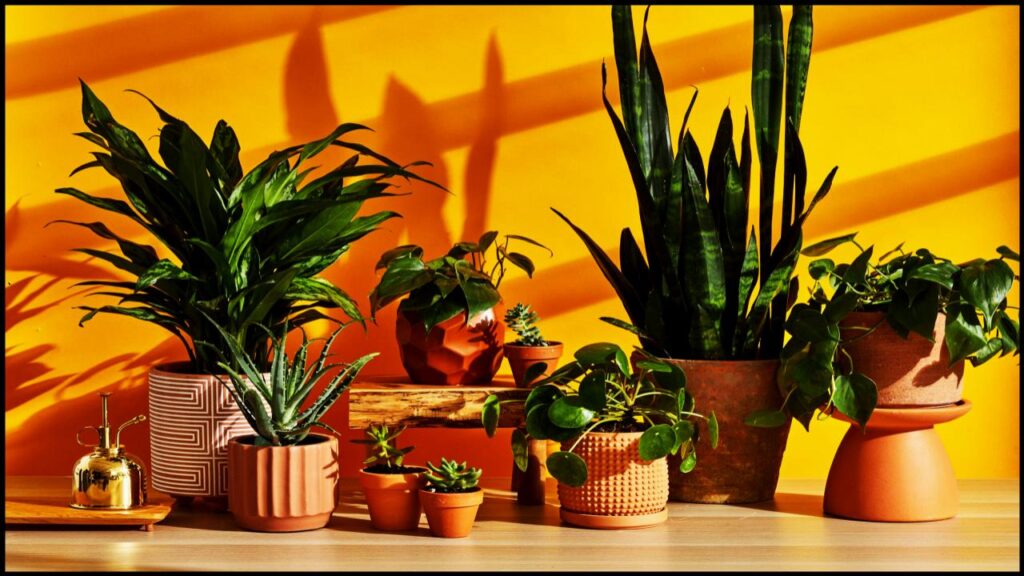
If you’ve ever stared at your home jungle and thought, “This needs some real wow factor,” then rare houseplants might just be your next obsession. These botanical unicorns aren’t your everyday spider plants—they’re exotic, aesthetic, and in demand. From iridescent foliage to plants that bloom at night, these 13 rare houseplants are guaranteed to level up your collection. Whether you’re a seasoned green thumb or just diving into the jungle life.
1. Monstera Obliqua
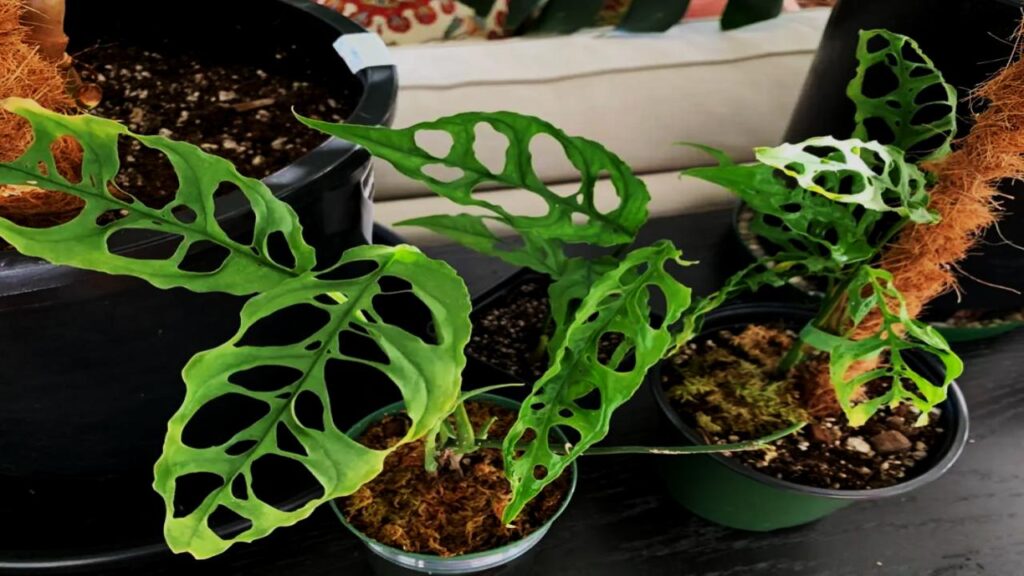
Monstera Obliqua thrives in bright indirect light, needs light moisture in the soil (never soggy), and prefers high humidity levels of around 70% or more to truly flourish.
2. Philodendron Pink Princess
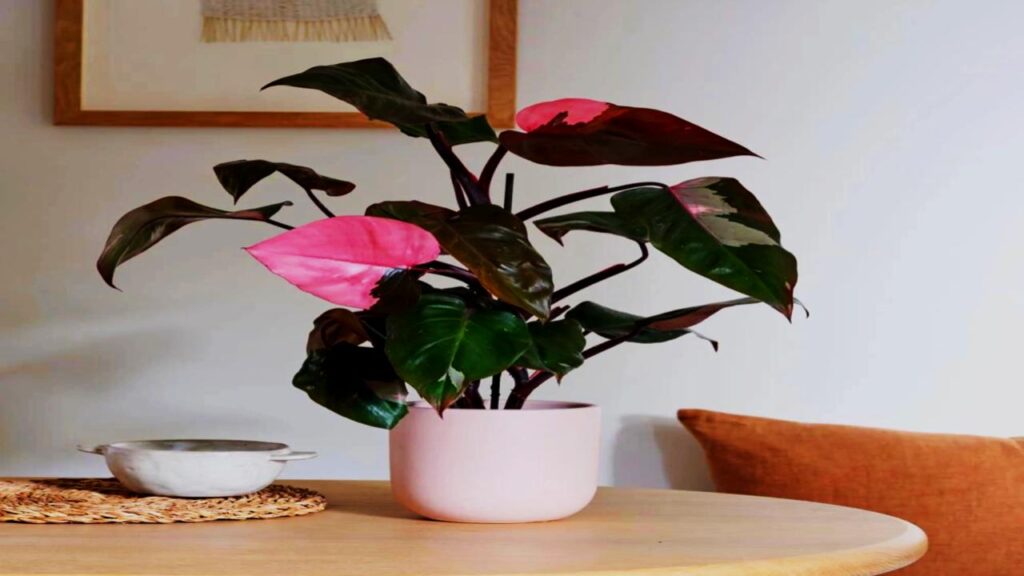
Philodendron Pink Princess grows best in medium to bright light. Water it when the top inch of soil feels dry, and maintain moderate humidity between 60% and 70% to keep those pink hues vibrant.
3. Alocasia Dragon Scale
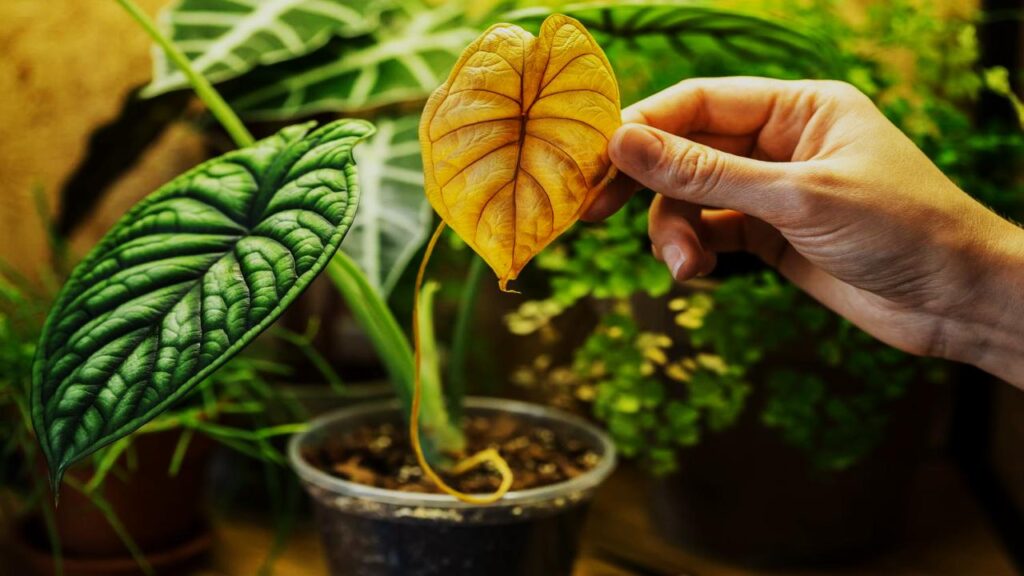
Alocasia Dragon Scale requires bright indirect light and soil that stays moist but not overly wet. It does best in high humidity, ideally above 70%, to keep its scaly leaves healthy.
4. Anthurium Regale

Anthurium Regale likes medium-bright, filtered light and moderately moist soil. Aim for a humidity level of at least 60% to support its large velvety leaves.
5. Alocasia Silver Dragon
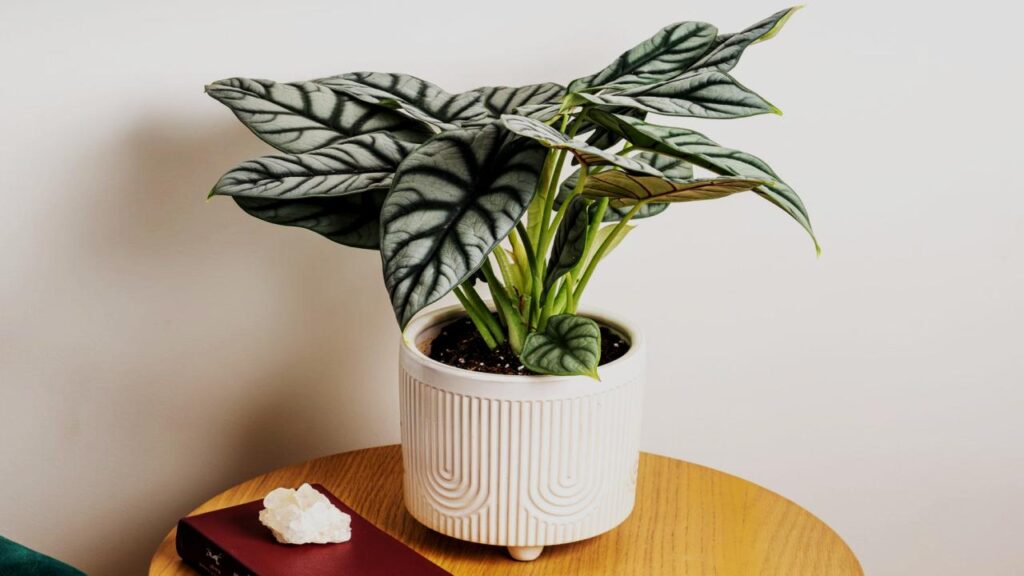
Alocasia Silver Dragon prefers medium light conditions and even soil moisture. It can tolerate slightly lower humidity, but 60% is the minimum for optimal growth.
6. Philodendron Florida Beauty
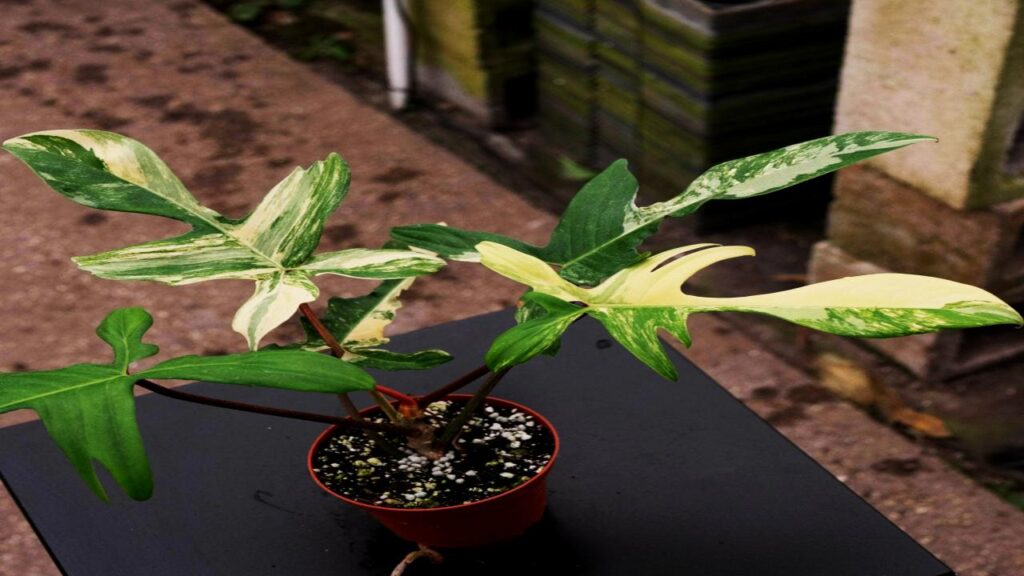
Philodendron Florida Beauty enjoys bright indirect light and should be watered when about 50% of the soil has dried out. It adapts well to 55–65% humidity.
7. Monstera Thai Constellation
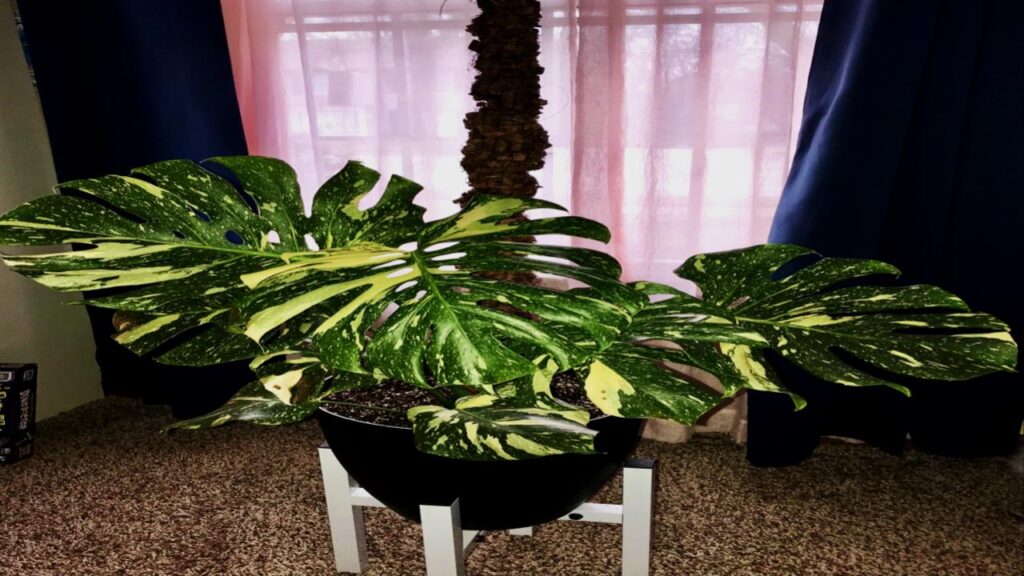
Monstera Thai Constellation needs bright light (not direct sun) and a consistent weekly watering schedule. Humidity between 60% and 70% helps maintain its creamy variegation.
8. Alocasia Infernalis
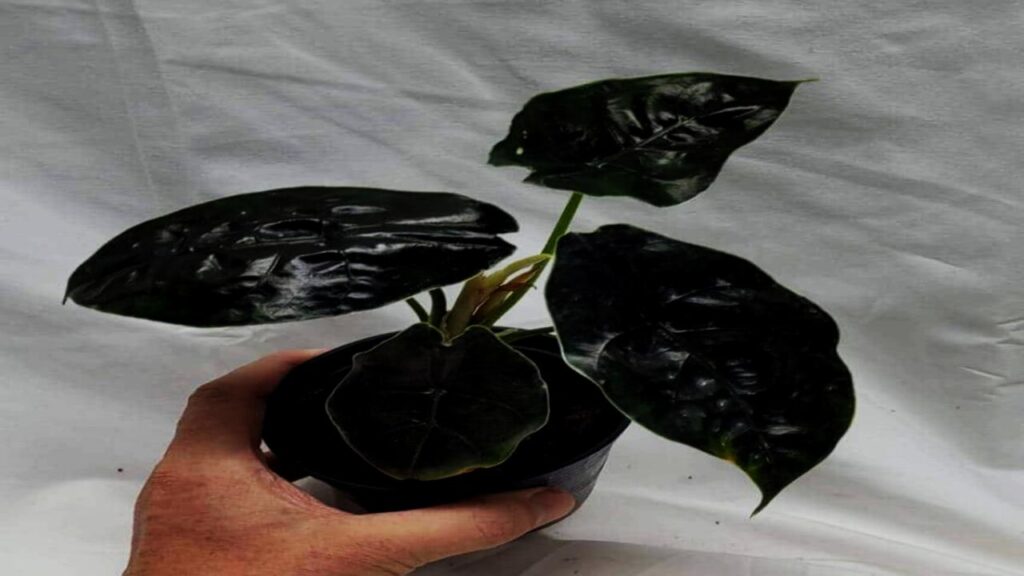
Alocasia Infernalis, also called Black Magic, requires filtered, low to medium light and moist soil. It demands very high humidity—above 70%—to thrive.
9. Philodendron Melanochrysum
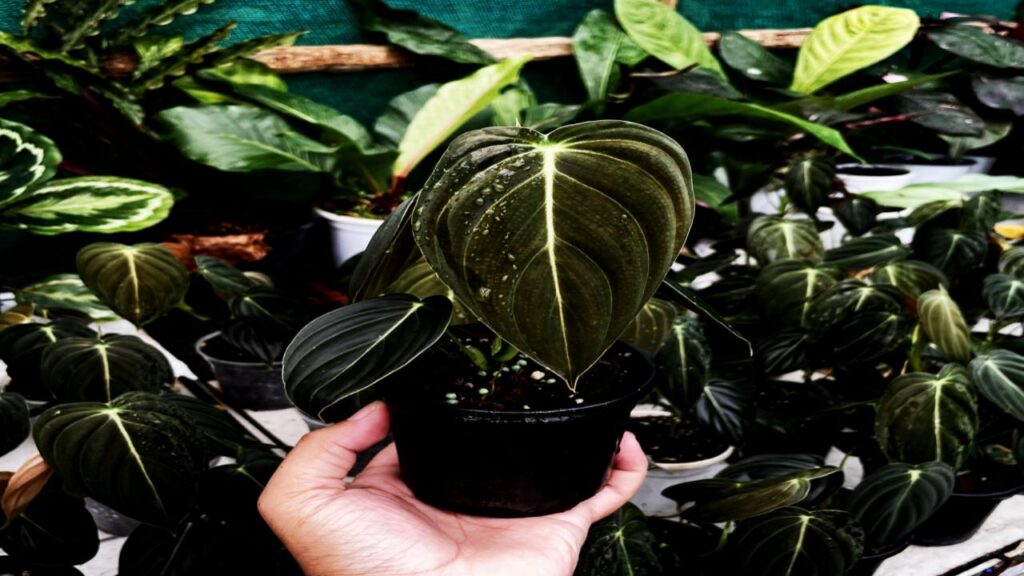
Philodendron Melanochrysum does well in medium-bright light and likes soil that stays lightly moist. Maintain around 60% humidity to keep its velvety texture intact.
10. Anthurium Wendlingeri
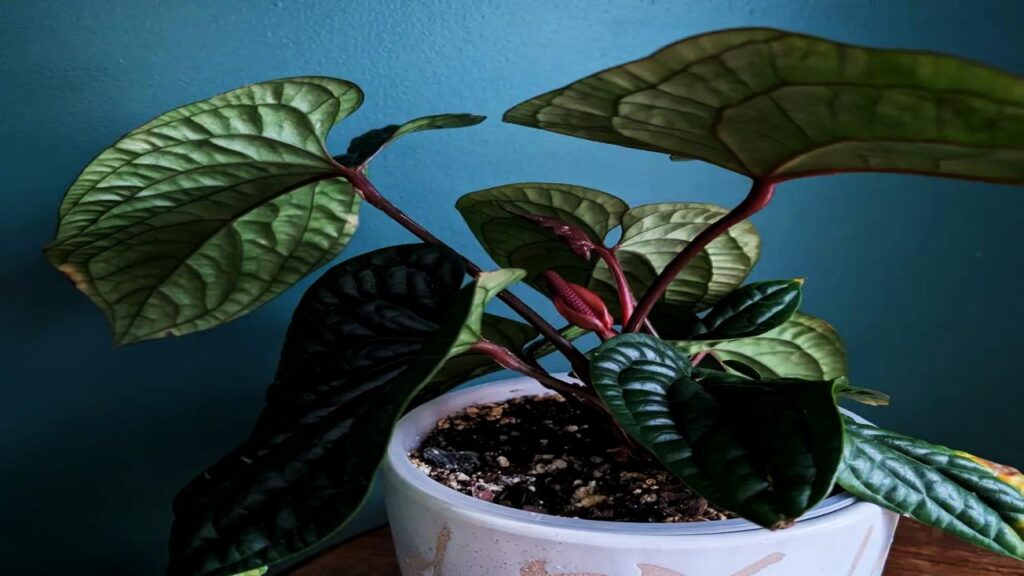
Anthurium Wendlingeri adapts to low to medium light and requires consistent moisture along with high humidity levels, ideally around 75% or more.
11. Alocasia Azlanii
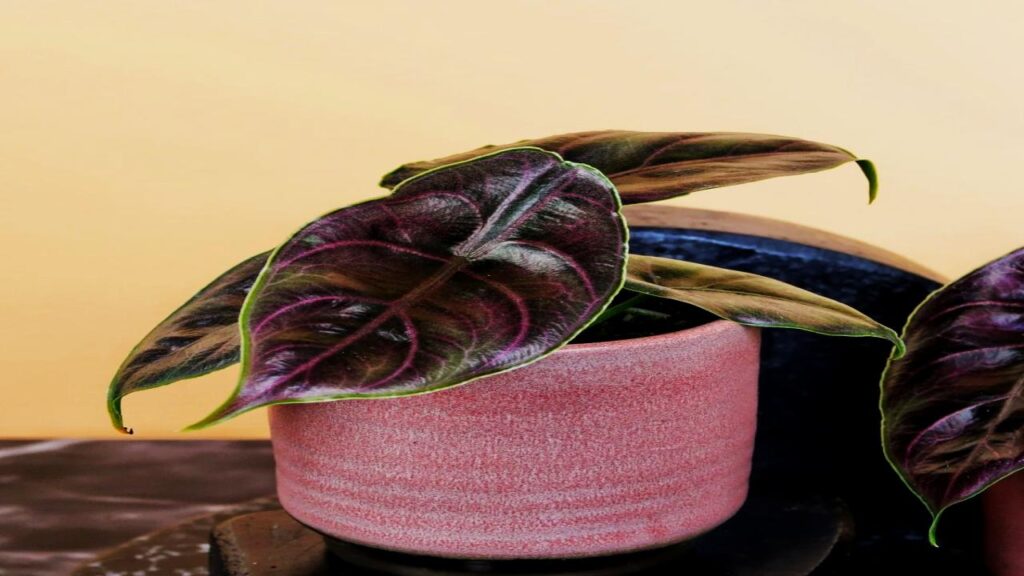
Alocasia Azlanii grows best in bright light with regular but light watering. Its iridescent foliage needs high humidity, ranging from 60% to 80%, to shine.
12. Aglaonema Pictum ‘Tricolor’
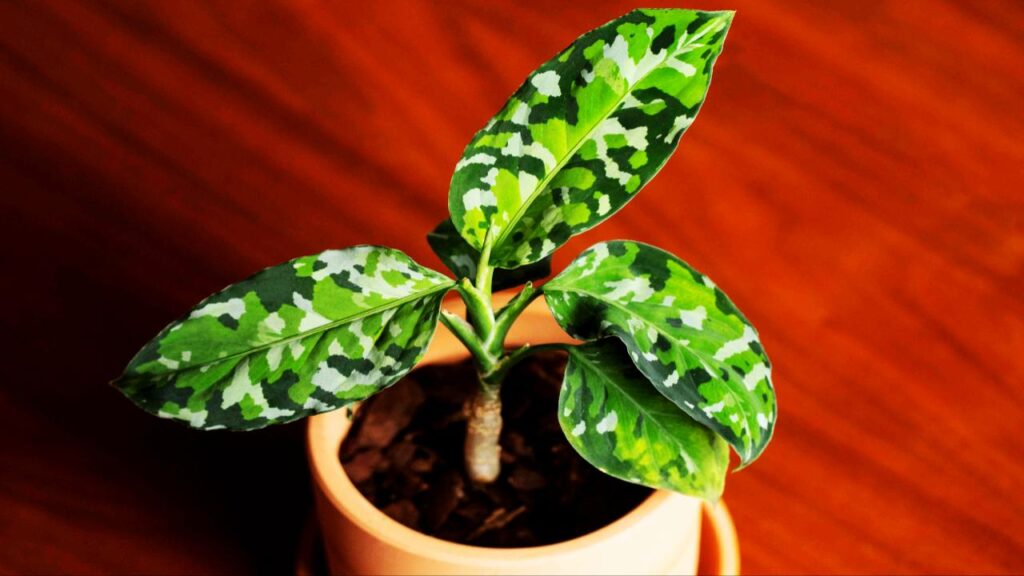
Aglaonema Pictum ‘Tricolor’ can handle low to medium light and should be watered when the soil dries out. It prefers moderate humidity around 50% to 60%.
13. Osa Pulchra
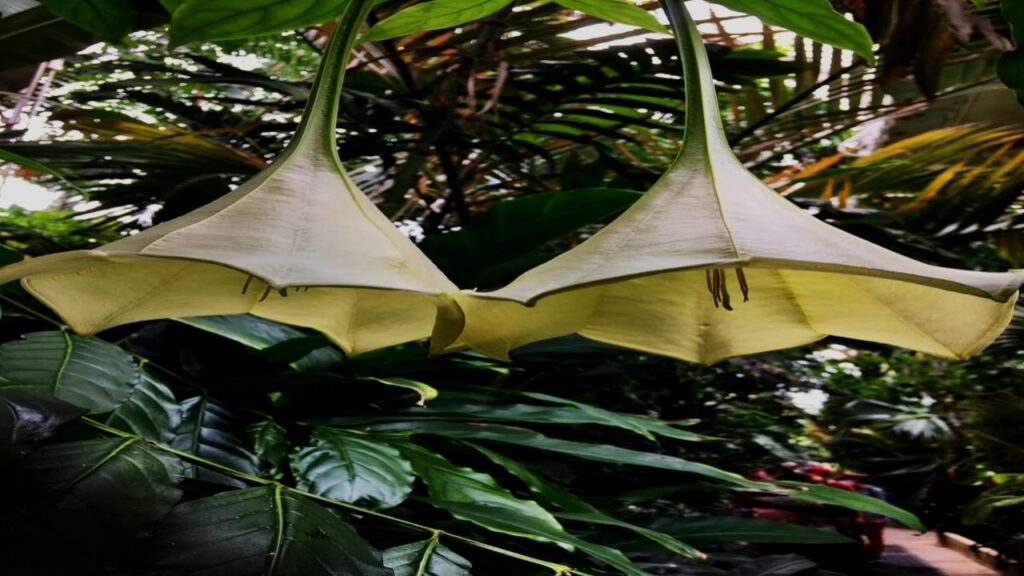
Osa Pulchra thrives in partial shade and loves moist, well-draining soil. To support its rare and fragrant blooms, keep humidity at a very high level—about 80%.
Why Rare Houseplants Are Booming in 2025
Houseplants have officially gone mainstream. But rare houseplants? They’re now a status symbol. Etsy searches for rare plants are up 78% year-over-year, and #rareplantsofinstagram is pulling millions of views. In a world of AI, plant parenting is one of the last real hobbies where patience = reward.
Common Mistakes to Avoid
- Overwatering – These plants don’t like wet feet. Drainage is crucial.
- Using tap water – Chlorine and minerals can damage sensitive roots. Go filtered.
- Underestimating humidity – Most of these are tropical. Invest in a humidifier.
- Ignoring pest quarantine – Spider mites, thrips, or fungus gnats love rare plants.
- Buying without verifying legality – Endangered species like Osa Pulchra are protected by CITES laws.
How to Import Rare Plants Safely? (U.S. Buyers Guide)
Many rare plants come from overseas—Thailand, Indonesia, or South America. If you’re ordering internationally:
- Make sure the seller provides a phytosanitary certificate.
- Use USDA-approved importers to avoid customs seizures.
- Stick with rooted plants instead of cuttings for better survival rate.
- Consider domestic resellers who import in bulk and grow acclimated plants in the U.S.
Pro Tips for Serious Collectors
- Use LECA (Lightweight Expanded Clay Aggregate) for improved airflow in roots.
- Install a grow light shelf if natural light is weak—try full-spectrum LEDs.
- Learn propagation techniques (especially stem cuttings and air layering).
- Track your plant care in apps like Planta or Greg.
- Join Facebook groups or Reddit’s r/rareplants for buying, swapping, and care hacks.
